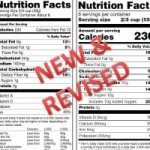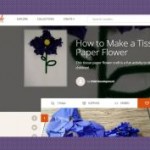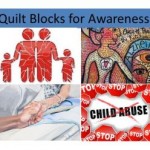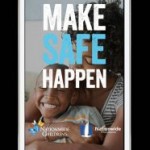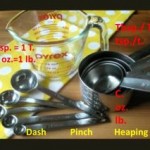
I’ve had several requests for ideas on how to teach common measuring abbreviation and equivalency basics so I thought I’d throw my ideas into the ring. Recently, I discovered this review game called Grudgeball which is a fun and fiercely competitive game and I knew I had to try it with my students. Combined with other ideas I use, I found it to be a very successful way to reinforce students’ measuring abbreviation and equivalency knowledge and the quiz scores proved it! Certainly,others have some awesome, interactive ways to teach this topic so I encourage you to share with us so we all can benefit from them in the comment section below.



